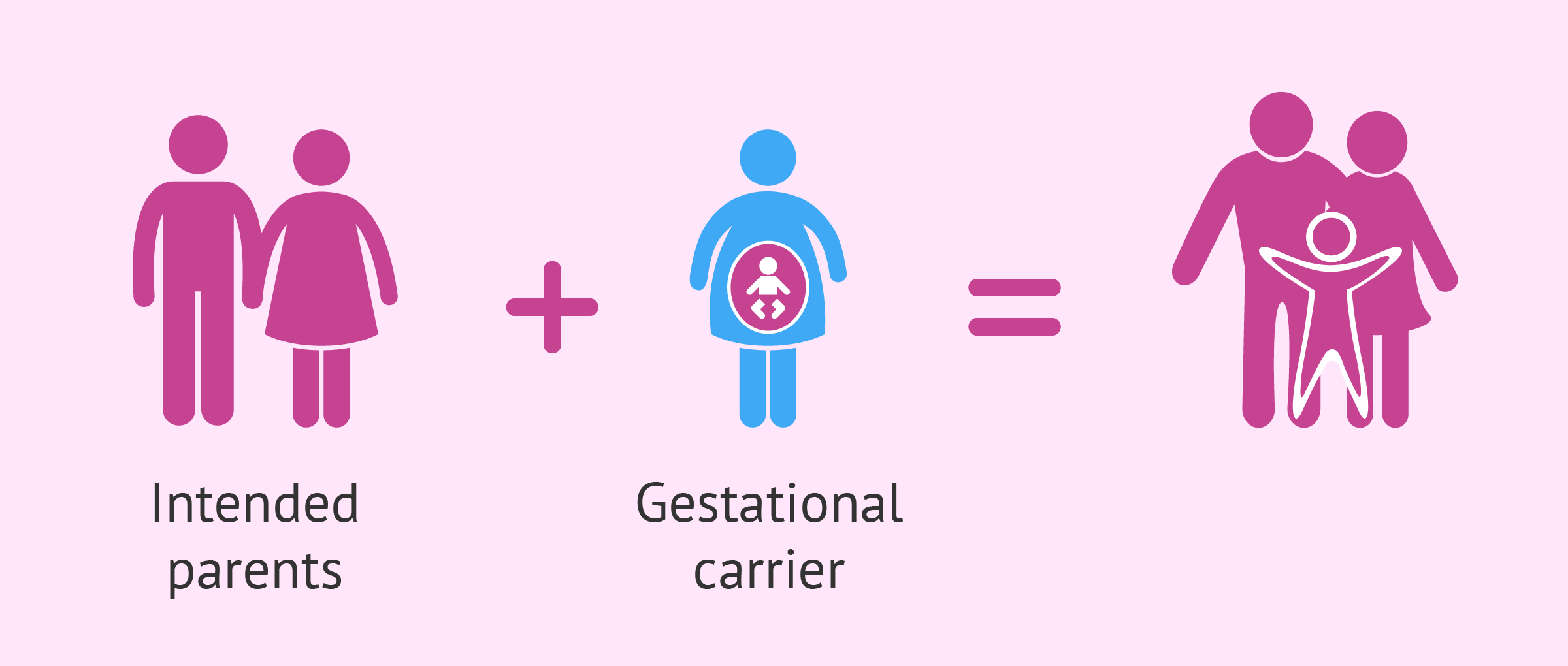Surrogacy: What is it and How Much Does it Cost?
January 27, 2022
What is surrogacy? What are the different methods?

The first successful surrogacy was in 1985. It is a method of reproduction. A way where a person who cannot conceive is given the opportunity to have a child. A woman, the surrogate, will carry the child for another person or a couple.
There are two methods of surrogacy. The first being a woman being artificially inseminated with the fathers sperm. In this method the woman would be a surrogate and an egg donor. The other is called Gestational Surrogacy. The surrogate mother carries the fetus in her uterus. Both the sperm and egg are provided by the intended parents (or donors). Regardless of the different methods, it isn’t always successful. It has a success rate of 19%-33%.

There are also many side effects. Those side effects happen during pregnancy. Side effects include morning sickness, general discomfort, swelling, soreness, and a more serious health issue called Gestational diabetes.
Taking precautions is important as well. In order to have a surrogate you need a contract. The contract can state many different things but one of the main and most important ones is giving up all parental rights to the intended parents.
Moving onto the price. The necessities of the surrogate. Each surrogacy is different which means different prices. They often range from $90,000 to $130,000. The state also contradicts with the price. For example, California. California has a high demand for surrogates so the price can be higher. You would also need to pay for health insurance. If the surrogate ends up with a twin or triplet pregnancy the cost multiples. For twins it would be an extra $10,000. For triplets it would be an extra $20,000.
which means different prices. They often range from $90,000 to $130,000. The state also contradicts with the price. For example, California. California has a high demand for surrogates so the price can be higher. You would also need to pay for health insurance. If the surrogate ends up with a twin or triplet pregnancy the cost multiples. For twins it would be an extra $10,000. For triplets it would be an extra $20,000.
